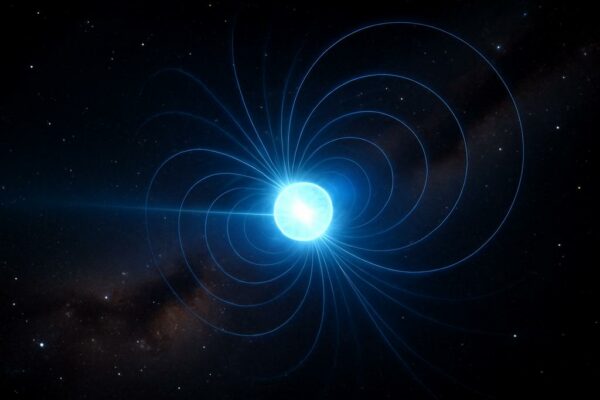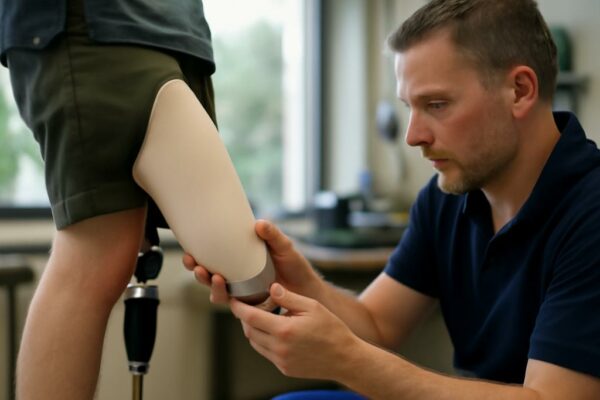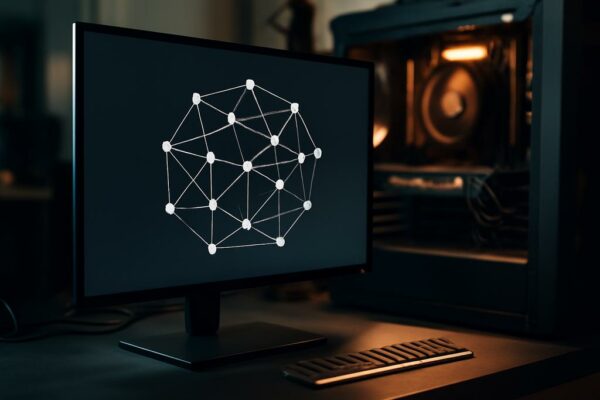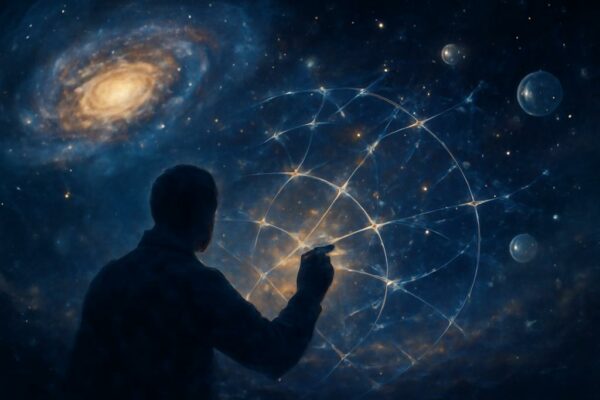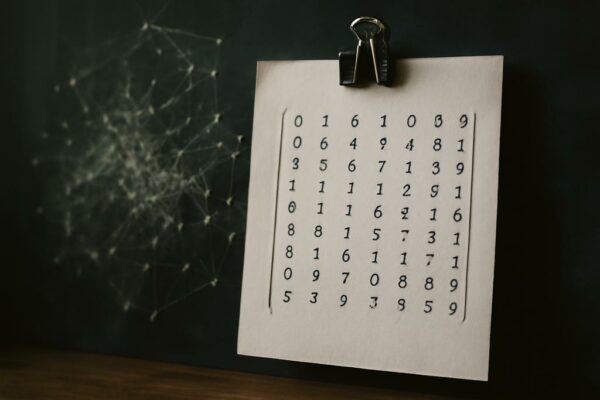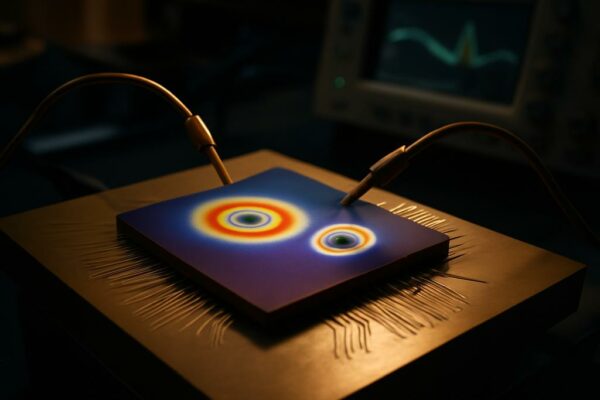
Can electricity rewrite topological spins on a 2D stage?
The world of magnetic textures has long lived in the cloudy border between physics and engineering, where tiny whirlwinds of magnetization—skyrmions—and their in-plane cousins, bimerons, hold promise as ultra-dense, energy-efficient information carriers. These aren’t just curiosities from a chalk-dusted lab: they’re potential building blocks for future memories and processors that sip power instead of gulping…






